From Tham Hin refugee camp to Ajos and Merikarvia – where do the Burmese refugees in Finland come from?
Finland is the fourth biggest receiver of Burmese refugees resettled from camps by the Western border of Thailand, after United States, Australia and Canada. 1.166 refugees came to Finland from these camps during the last five years. In comparison Norway received 1.138 refugees. Most refugees, more than 48.000, moved to United States.
These Burmese refugees are a part of the Finnish annual quota of 750 refugees during the last few years. Officials from Finnish Immigration Service and other authorities come to the camps every year to interview refugees who have been proposed for resettlement to Finland. Our embassy has just a minor role when the chosen refugees finally move to Finland – we provide them travelling documents and the immigration permit granted in Finland.
I visited one of the camps from which Burmese refugees leave for Finland. Last December I participated in a joint visit by EU ambassadors to the Tham Hin camp. Last year Finland was the third largest destination of refugees resettled from that camp. Our common aim was to follow particularly the use of EU aid to the camps.
I have visited many refugee camps in Africa. During one day’s visit Tham Hin seemed more reasonable in my eyes. The refugees did not have to stay in plastic tents. They live in small wooden houses, though rather tightly. I was particularly pleased to see that the children have an opportunity to go to school. There has been a small school on the camp since 10 years. The children learn Karen, Burmese and English languages.
But during our trip it also became clear that such a protracted refugee situation creates many problems. The camps have a history of quarter of a century. The first major refugee flow crossed the border in 1984, when the Burmese army broke through the front of the military wing of the Karen National Union. At that time 10.000 people came across the border to stay and the camps were established urgently. At that time it was thought that the camps would be needed only temporarily. During the decades the Burmese army has advanced, the rebel movements have split and more refugees have crossed the border. Now about 150.000 refugees live in the nine camps of the Western border of Thailand. On the other side of the border on the Myanmar side it is estimated that there are even three times more internally displaced people. The protracted stay at the camps is challenging, although in some camps the refugees have some possibility to move around in the near-by villages. The situation is further complicated by the refugee policy of Thailand. Thailand has not joined the international convention on refugees. Therefore many arrangements for the camps in Thailand are quite different from elsewhere in the world. The operations of the camps are supported by an alliance of a dozen NGO’s Thailand Burma Border Consortium. Its webpage www.tbbc.org contains interesting reports on the situation in the refugee camps.
About one tenth of the population in the camps has been resettled annually during the last few years. But the options for those remaining are bleak. Thailand does need Burmese migrant workers to take care of the heaviest work. It is estimated that there are about 2-3 million illegal migrant workers in Thailand. Their status has been formalized gradually. Nowadays already about 1 million Burmese migrant workers have a residence permit in Thailand. But Thailand does not want to integrate the inhabitants of the refugee camps to become migrant workers and insists that they should first return to Myanmar to apply for work permit.
During the last few months the authorities in Thailand have signalled that after the recent elections in Myanmar they might negotiate with the new government of Myanmar about the return of the refugees. The Economist magazine discussed in its number of 21 May the reasons why it is not yet time to return. On the other side of the border the conflict continues still and the social conditions by the border are weak. Many humanitarian organizations remind that according to international standards return should be voluntary.
As I am writing this blog, I am delighted of a new service the embassy has subscribed to – we get more pieces of news from Finland concerning the countries that we cover. Pohjolan Sanomat tells about a camp for Burmese youth in Ajos. Young Burmese from Kemi, Rovaniemi, Savonlinna and Kotka have gathered to maintain their own culture and to discuss memories from Burma. In Merikarvia there were organized MM-championship games for creating traditional Finnish toys cone cows (käpylehmä) and a Burmese family came second in the family series.
Greetings from Tham Hin to Ajos and to Merikarvia!
Ambassador Sirpa Mäenpää participated on 15 December 2010 in a joint trip of EU ambassadors to Tham Hin refugee camp.








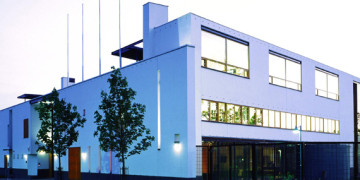

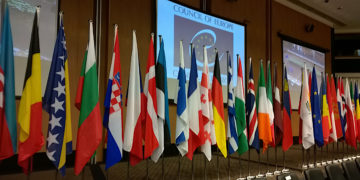

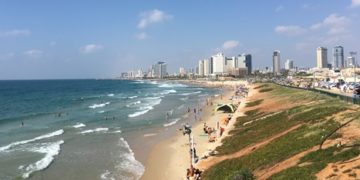

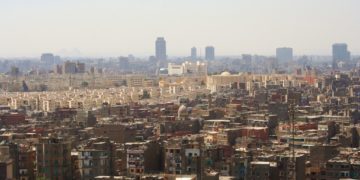
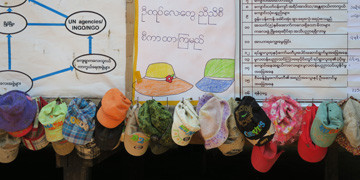

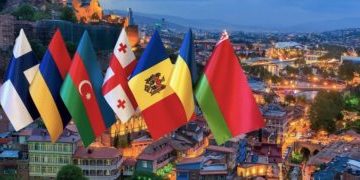
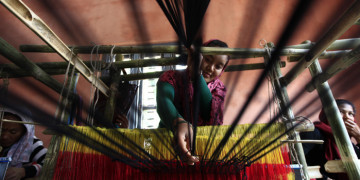
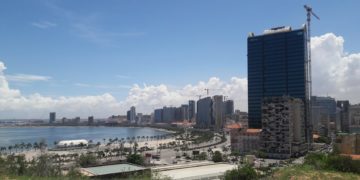
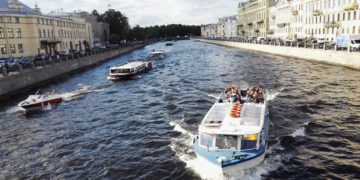
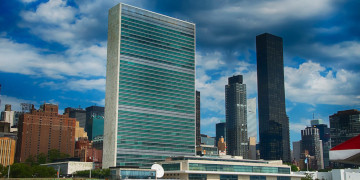
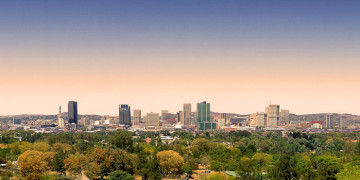
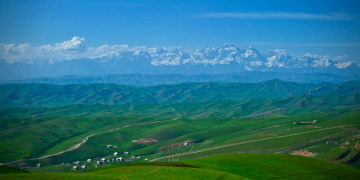
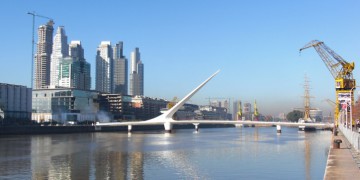
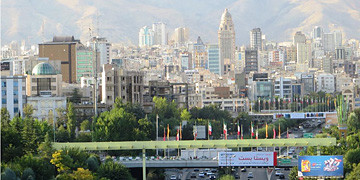
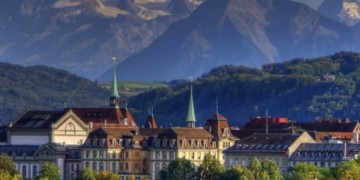
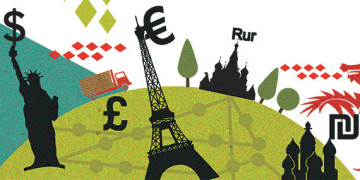
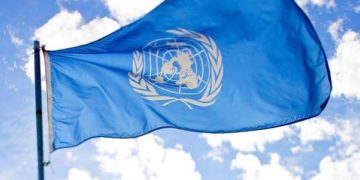

It was very disappointing that UNHCR decided that a 14 year old boy would be ”better off” staying in Tham Hin. His step sisters and brothers are here in Indiana and I offered to sponsor him. UNHCR did a BID interview (best interest determination) and decided not to let him immigrate without the family he is listed with now, even though all his paperwork has been done and he is approved. Because of his age it is determined that he will be better off in Tham Hin. What do you think? This means that when he comes at age 18 he will not get any high school education, or very little. And he will go to the meat packing plant to work. It’s too bad. D.S.